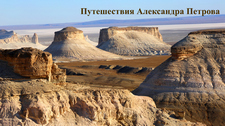You are here
Paleontological museum in Atyrau.

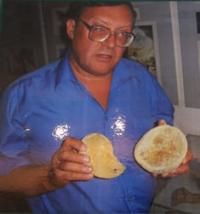
Forwarding Kazakhstan tours.
"If I recall what I saw during the second part of my journey along Ustyurt, it turns out that fossil-bearing strata, specifically those with shells from the Sarmatian stage, were last encountered in Karakkuduk. Afterward, besides dune sands and salt marshes, only clays and occasional limestone rubble were encountered. No fossils were found in these latter rocks, and therefore their age can only be estimated based on conjecture. Hoping to obtain data to clarify this question, I decided to explore the eastern shore of Ustyurt and follow it south to Kasarma."
"Through Mangyshlak and Ustyurt to Turkestan." Barbot de Marnie. 1889.
"In every fossilized tooth, in every trace of an ancient sea, there is the breath of millions of years, left on the earth to remind us of the grandeur of a history we are only just beginning to understand."
"I follow the saiga trail into this white world,
How many new routes we will blaze here together,
And when we return home, we will preserve
In our memory this land of snow-white stories."
Yuri Pastukhov.
Excursion in paleontological museum in Atyrau.
Paleontology Branch of Atyrau Museum of History and Local Lore is located at an altitude of 23 meters below sea level. It is located in Zhilgorodok microdistrict, on Mukhtar Auezov Street 1, 100 meters southeast of Kurmangazy Sagyrbayev uly Community Center, and 420 meters northeast of 10th Anniversary of Independence of Republic of Kazakhstan pedestrian bridge, in city of Atyrau.
Atyrau Paleontology Museum: "Shore of Cretaceous Sea."
History and purpose of the paleontology branch of the Atyrau Museum of History and Local Lore. All exhibits in the paleontology museum are authentic, and most of them were discovered in the Atyrau region. The museum's special value is due to the fact that its collection was assembled by one man – local historian and paleontology enthusiast Yuri Alexandrovich Pastukhov.
For two decades, he and his students conducted expeditions throughout the region, gradually building a unique collection of evidence from the Earth's ancient history. Thus, step by step, the foundations of the future museum emerged. Initially, the museum existed as a private initiative and for a long time remained a small private collection.
Only recently was it possible to attract sponsorship and establish cooperation with the regional museum of history and local lore, which allowed the project to be formalized: the paleontology museum became its branch. This opened the door to expanding the exhibition, conducting new scientific trips, and securing full funding for research.
Thanks to sponsorship, a major renovation of the premises and a complete reconstruction of the exhibition were completed. It is now organized into a logically coherent tour. The exhibition's central concept is "Welcome to the Shores of the Cretaceous Sea!"
Moving from one section to the next, visitors are sequentially introduced to the stages of the formation and evolution of life on Earth. The exhibition has been expanded with two new sections: "The History of Paleontology" and "Extinct Large Mammals," which allow visitors to explore evolutionary processes on a broad geological scale - from ancient oceans to the Ice Age.
The museum's collection contains hundreds of exhibits: ancient shark teeth, fossils of megalodons, plesiosaurs, and marine mollusks, as well as the remains of mammoths, woolly rhinoceroses, prehistoric aurochs, and deer species that inhabited these lands tens and hundreds of millions of years ago.
Western Kazakhstan is home to approximately 70% of known Cretaceous fossils, and many specimens are so rare that they have not yet been scientifically identified. It's worth noting that the region's wealth of finds is no coincidence. In a distant geological era, where today's arid steppe stretches, the waters of a colossal sea lapped.
Prehistoric fish, marine reptiles, and giant sharks inhabited the territory of today's Atyrau region. All of Kazakhstan's western regions were at the center of a vast body of water stretching from the Moscow region to Western Siberia. It was thanks to this ancient sea that oil deposits formed here: the remains of algae, fish, and mollusks underwent transformation over millions of years, turning into "black gold."
The Cretaceous plateaus of the Caspian region, among which Aktolagay and Akkergeshen stands out, are of great interest to global science. Despite the accessibility of these paleontological treasures, they remain insufficiently studied. Research at Aktolagay has the potential to lead to important discoveries and redefine current understanding of the Earth's geological history.
Paleontological Museum in Atyrau possesses significant scientific potential and could become a growth point for the development of Russian paleontology. Today, the museum is open to the public, and its staff is ready to help visitors immerse themselves in the complex and fascinating world of prehistoric nature.
Exhibitions and collections of paleontological branch of Atyrau Museum of History and Local Lore.
Museum is relatively small - exhibits are housed in two halls - but richness of collection is impressive:
- numerous teeth of prehistoric sharks, including megalodons and other species;
- remains of marine reptiles such as plesiosaurs;
- mollusks, belemnites, sea urchins, and corals;
- fossils of ancient wood and plant forms;
- remains of large mammals: mammoths, woolly rhinoceroses, prehistoric aurochs, and deer.
Many exhibits are tens of millions of years old: some fossils date back more than 150 million years. The scientific and tourist significance of the paleontological branch of the Atyrau Museum of History and Local Lore. The museum plays an important role not only as a fossil repository but also as an educational platform.
It regularly hosts tours for schoolchildren, students, and tourists, fostering interest in the paleontology and history of Western Kazakhstan. Recent paleontological expeditions in 2024 to the Cretaceous massifs of the Atyrau region yielded hundreds of new specimens - more than 500 samples of paleofauna and paleoflora, including fossilized vertebrates, bivalves, vegetation, and otodus shark teeth.
These finds have expanded the museum's collection and open up new prospects for scientific publications and further research.
Impact on development of paleontological tourism in Atyrau region.
According to research, paleontological tourism in Western Kazakhstan has great potential for development. The museum serves as a starting point for themed routes that attract both scientists and tourists interested in the planet's ancient history.
Atyrau Paleontological Museum is one of the few museums in Kazakhstan entirely dedicated to the Mesozoic history of the region. Thanks to the efforts of enthusiasts, scientists, and expeditions, it not only preserves ancient remains but also actively contributes to the scientific and tourist development of the region.
A visit to the museum is an opportunity to literally touch the "shore of the Cretaceous sea" that once covered the modern lands of Atyrau.
Brief recommendations for tourists visiting paleontology branch of Atyrau Museum of History and Local Lore.
How to get there:
The museum is located in the center of Atyrau at 1 Mukhtar Auezov Avenue – easily accessible by both public transportation and taxi.
Excursions to paleontological branch of Atyrau Museum of History and Local Lore.
It's recommended to arrange a group or individual tour in advance: the museum staff provides excellent information about the finds and the history of the region.
There are adapted programs for children, making the visit especially engaging for schoolchildren.
Visitors praise the warm atmosphere and professionalism of the guides.
What's a must-see at the paleontology branch of the Atyrau Museum of History and Local Lore?
Ancient shark teeth, including those of megalodon and otodus.
Plesiosaur remains are among the rarest finds in Kazakhstan.
Fossilized sea urchins, belemnites, and corals from the Cretaceous sea.
Fragments of the mammoth fauna of Western Kazakhstan.
Tips before visiting paleontology branch of Atyrau Museum of History and Local Lore.
Bring a camera: the exhibits are perfect for macro photography.
Read up on the Mesozoic era beforehand – your impressions will be more profound. A visit takes 30 to 60 minutes, but with a guided tour it's longer and more interesting.
Tourists can conveniently combine a visit to the museum with a stroll along the Ural River embankment.
Geographical coordinates of paleontology branch of Atyrau Museum of History and Local Lore: N47°05'51 E51°53'56
Address of paleontology branch of Atyrau Museum of History and Local Lore:
Atyrau, Zhilgorodok microdistrict, Mukhtar Auezov Street, 1
Hours: 9:00 AM to 6:00 PM
Lunch: 1:00 PM to 2:30 PM
Working days: Tuesday – Saturday.
Closed on Sundays and Monday.
Phones:
+7 (702) 352 60 78
+ 7 (701) 156 65 80

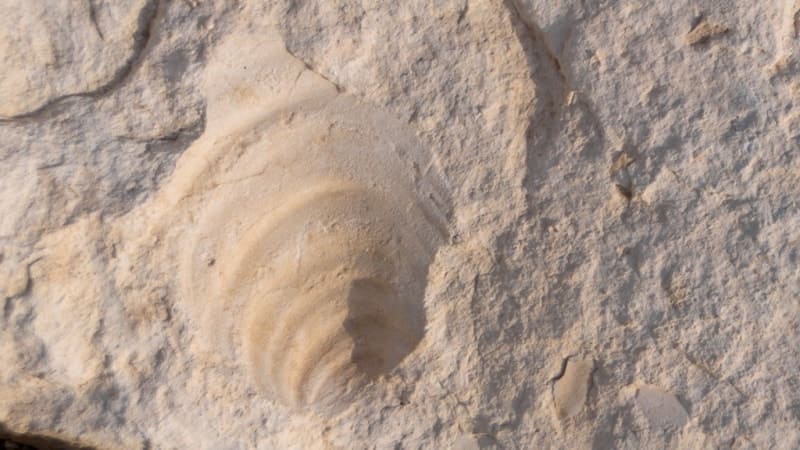

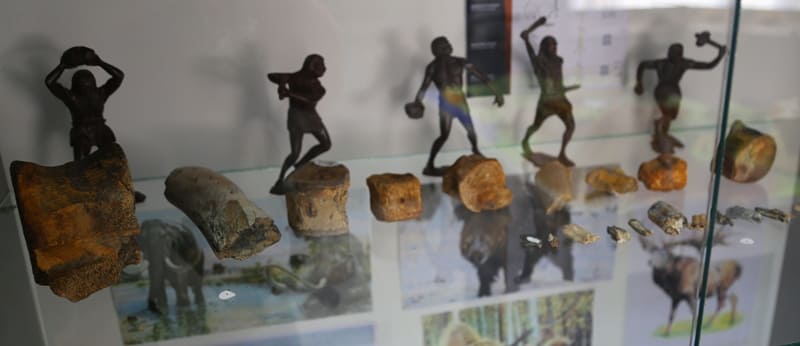

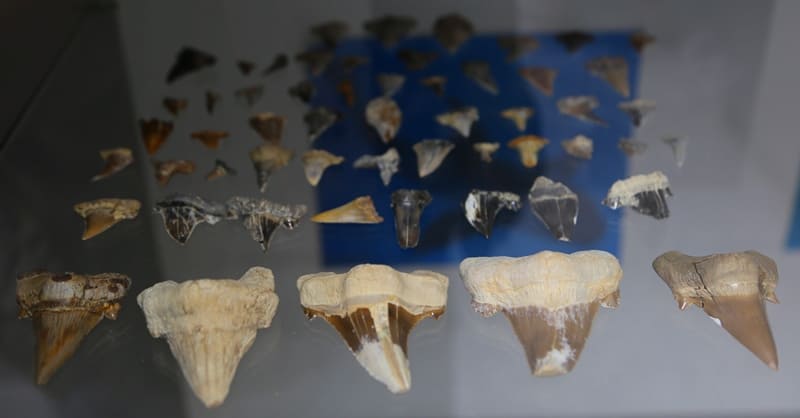


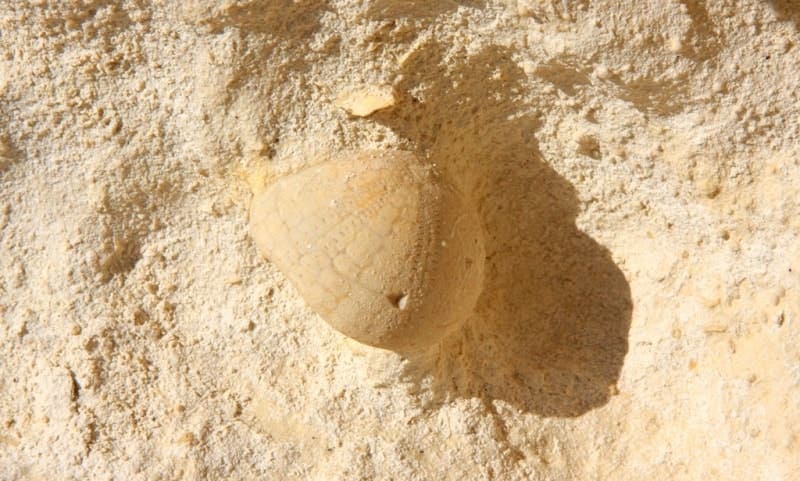
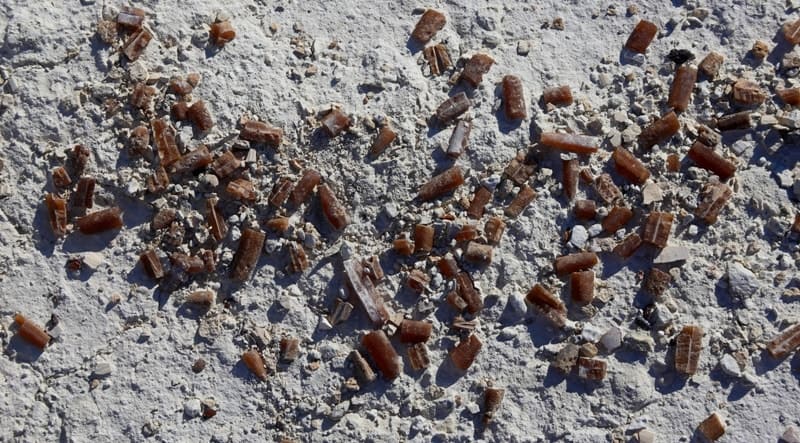


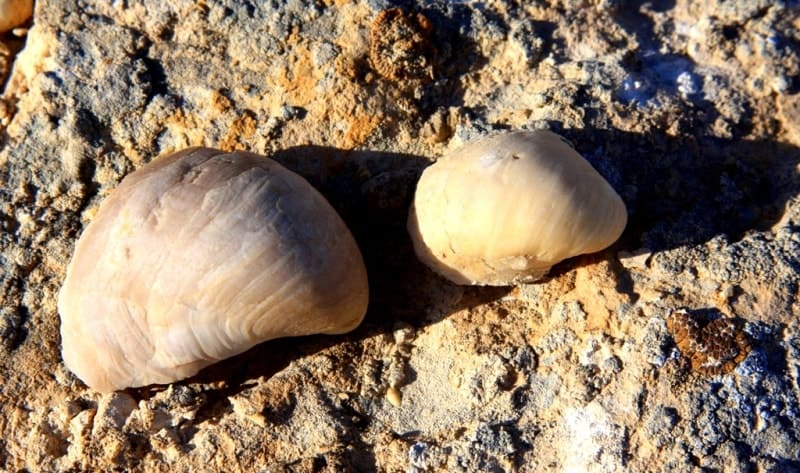


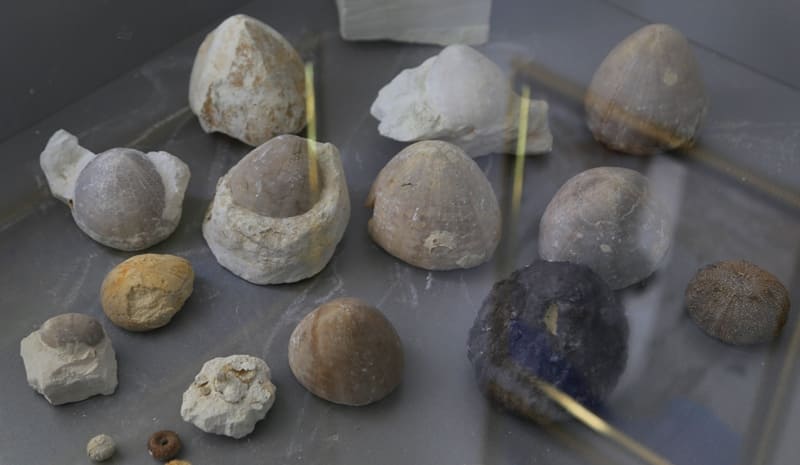
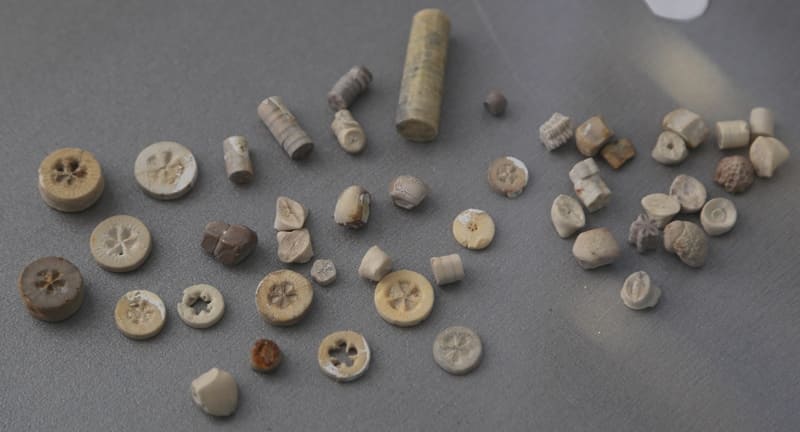
Authority:
Alexander Petrov.
http://culturemap.kz
Photos by:
Alexander Petrov.
Photo Yuriy Pastukhiv
it is taken from the website - https://timeskz.kz/69-v-atyrau-otkrylsya-edinstvennyy-v-kazahstane-muzey-paleontologii.html






